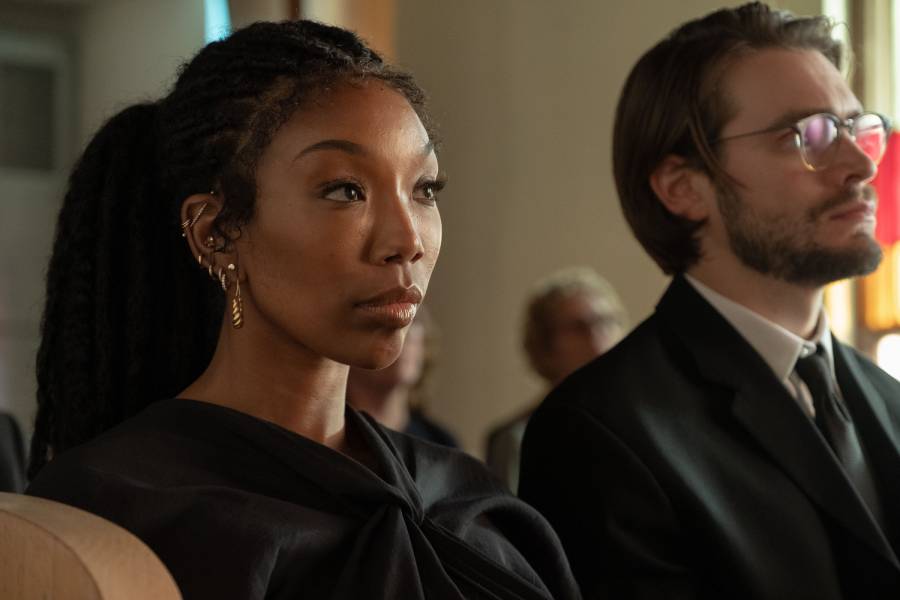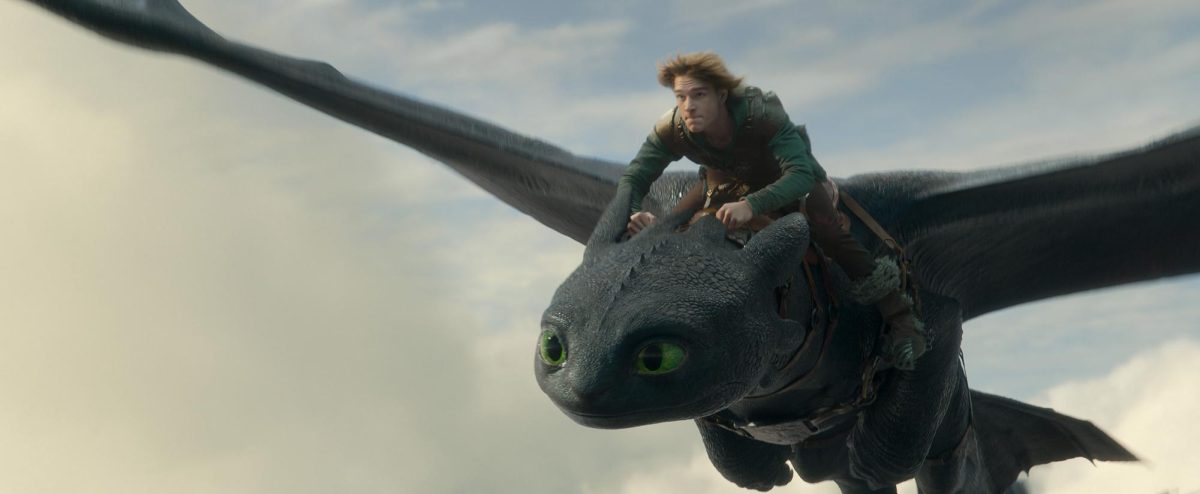3.0 out of 5.0 stars
“The Front Room” premiered in September 2024 from indie film studio A24. A24 has quickly risen to prominence in the film world, releasing hits like “Hereditary” and “Everything Everywhere All at Once.” Needless to say, “The Front Room” had big expectations that unfortunately, it didn’t live up to.
“The Front Room” is a return to horror for Brandy Norwood, with her last horror role being Karla Wilson in “I Still Know What You Did Last Summer,” the commonly panned horror sequel to the cult classic “I Know What You Did Last Summer.” Norwood plays Belinda Irwin, a pregnant anthropology teacher and wife to public defender Norman Irwin (Andrew Burnap). “The Front Room” also stars Kathryn Hunter as the controlling step–mother-in-law, Solange.
The movie is based on the short story of the same name by Susan Hill. Though Hill wrote “The Front Room” in 2016, it has a tone and writing style reminiscent of vintage gothic narratives. The gothic feel of the short story does not translate to the screen, which attempts for a more traditional modern psychological horror style. The movie differs from the story in some small, superficial ways that make sense for a feature film adaptation.
The movie begins with the Irwin couple grappling with becoming parents and their dwindling finances. Norwood immediately comes off as a sympathetic lead, inviting the audience to feel her pain both pre- and postpartum. Her performance plays very well off of Burnap, who portrays a man struggling with the traumatic presence of his stepmother, but still failing to step up to the challenge of becoming a father and companion to his wife. However, the clear standout performance comes from Hunter, whose performance is equally upsetting and terrifying. So many aspects of her character — her cough, her physicality, her voice — all come together for a realistic and grand villain.
When Solange moves into the titular front room at the dying wish of Norman’s father, her presence is immediately polarizing in the household. Because of previous religious trauma caused by Solange, Norman is tentative to allow Solange to stay in his home, especially in the nursery. However, Belinda is much more open to her and is willing to look past her shortcomings, which include racial microaggressions and continuing intrusiveness in their future parenting.
Once Solange gets situated in the house, the movie starts to drag and become repetitive. There is too much focus on the back–and–forth of keeping Solange in the house and Norman’s confusing behavior toward both Belinda and Solange. Solange’s behavior does escalate throughout, although it is in very disconnected ways that do not make sense, like purposefully defecating on the bed. However, the movie picks up somewhat successfully at the very end, portraying the true extent of Solange’s antagonistic behavior.
The religious themes are generally incorporated quite well. The attempted intrusiveness of Solange’s religion into Norman and Belinda’s lifestyle starts very small, but grows to be terrifying. The confusion of whether or not Solange actually has supernatural abilities is enticing, including Solange seemingly inducing Belinda’s labor. The visions and dreams that Belinda has are a strong point of the film, with a great combination of sound, editing and lighting to invoke a nightmarish quality. One of the shining parts of these sequences — and the film as a whole — was the score, expertly composed by Marcelo Zarvos. The string–heavy score evokes both happiness and fear at exactly the right moments, often accentuating already creepy scenes.
Brothers Max and Sam Eggers made their feature film debut with both directing and writing credits on this film. The writing falls short of matching the quality of the direction, with the dialogue often not feeling realistic. The lack of subtlety in much of the dialogue makes it difficult to be fully engrossed in the world of the film. However, the directing and framing of many of the shots (done by cinematographer Ava Berkofsky) adds depth to the film. Much of the film focuses on the psychological horror that Solange brings while also attempting to integrate social commentary throughout, but it ends up feeling very disjointed. The social commentary is not relevant to the plot or themes the rest of the movie integrates successfully, leaving it to stick out even more. In one scene in particular, Belinda confronts Solange about her Confederacy ties. However, this scene does not feel serious, even ending the scene with Solange farting in Belinda’s face. This very campy tone is not present in the rest of the film. It would be different if the social commentary was woven through the entire plot, but it is only mentioned a few times. Furthermore, when it is mentioned, it is jarring and not relevant to the plot as a whole.
“The Front Room” is a weird, weird movie that delivers some shocking horror, but fails to go deeper than that. There was potential with this premise, but “The Front Room” ends up as a typical modern horror film with good individual elements that doesn’t attempt to do anything special and doesn’t reach the level of other horror movies with similar themes.




















